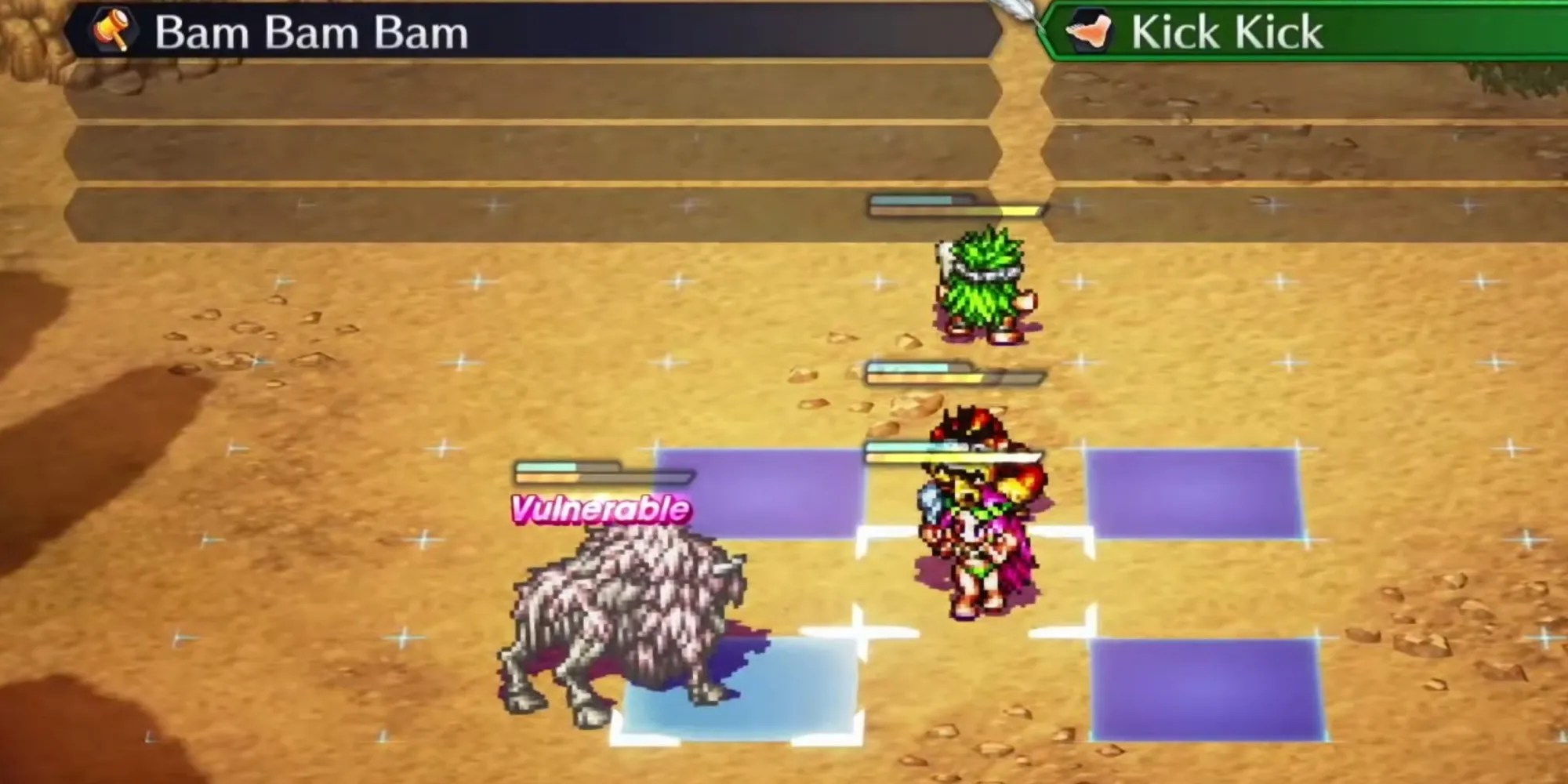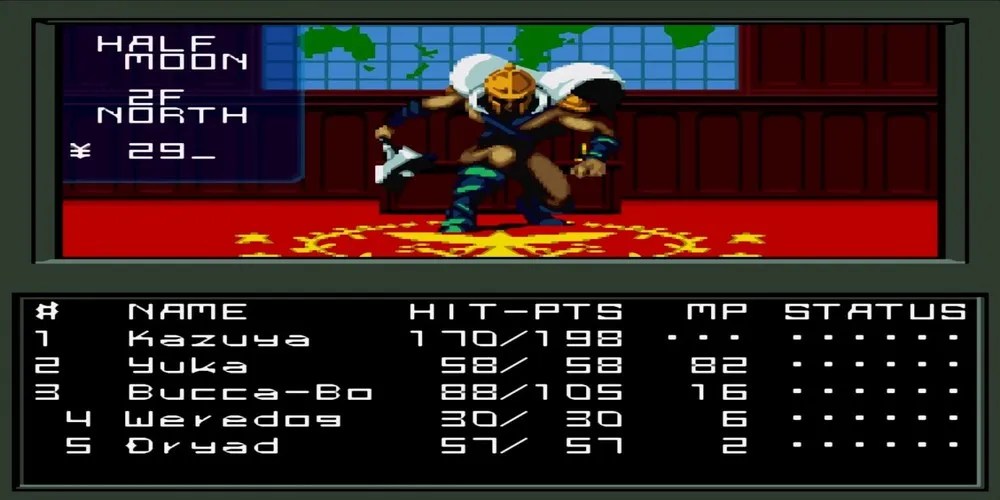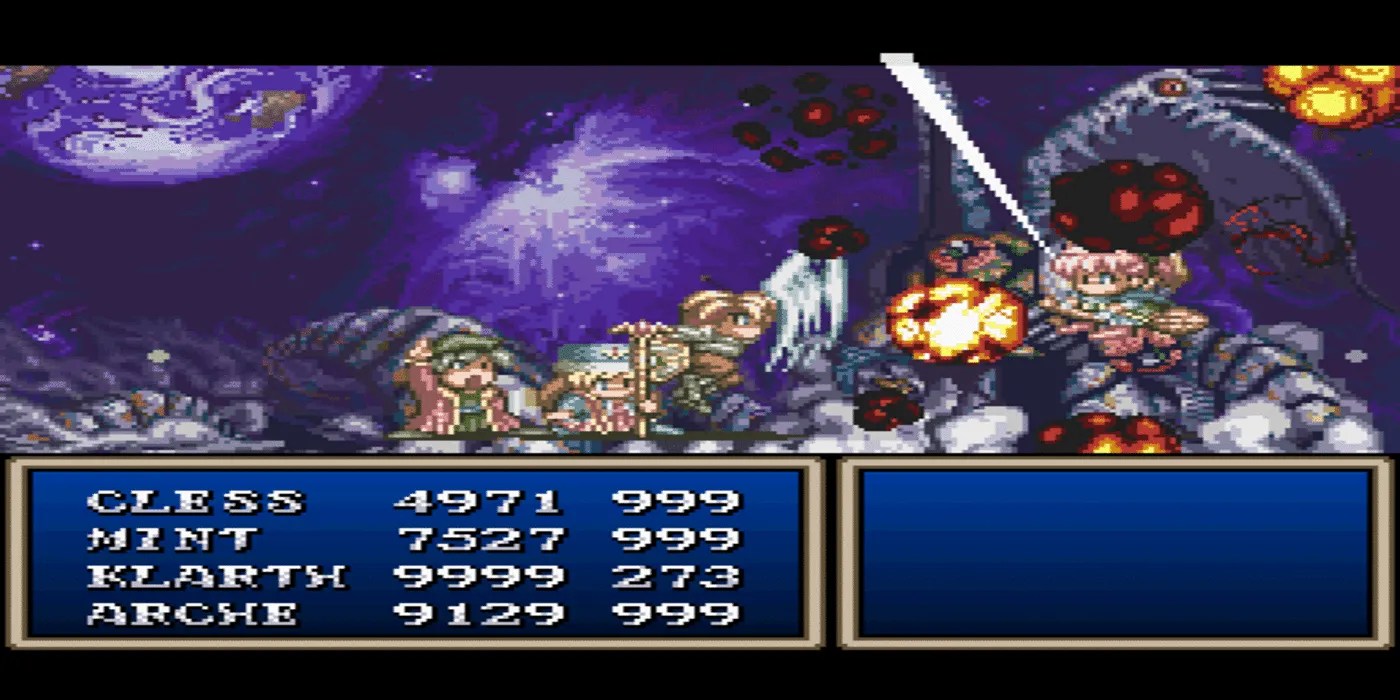Along with the PlayStation 2, the Super Nintendo is widely consideredone of the greatest video game consoles of all time. The undisputed king of the 16-bit age, the SNES library is still a marvel to behold over three decades after the fact. This is a home console that redefined genres, franchises, and the medium year after year– it only makes sense the SNES is so revered.
RELATED:Best Video Games Set In Japan, Ranked
At the same time, the Super Nintendo’s heyday came at a time when the world and its markets weren’t as connected. As a result, some of the bestSNES gameswere never actually released outside of Japan. Even though some of the greatest Super Nintendo games never left Japan, fan translations exist to give these lost classics new life. It’s a shame there is a hurdle to playing these since many are considered thebest Super Famicom gamesto come out for the console.
Updated on Jul 19, 2025, by Jason Wojnar:Players these days take for granted how every game is released all over the world and almost on the same day. This was not the case with the SNES and its piers. Even in an age of remasters and re-releases, many of the games below are still stuck in Japan and only available to players through fan translations. The update to this list points out how some of theSNES gamesmentioned on the list actually did receive western releases and official translations.

10Dragon Quest 5
The first fourDragon Questgames came out in the United States under theDragon Warriormoniker, but when it came time for the series to make the shift from the NES to the SNES, Enix held back. Localization-wise, this was a difficult period for the company andDragon Quest 5unfortunately never made it over.
While a DS remake exists and has been localized,it is fairly costly, leaving the game untouched by many.Fortunately, a 2002 fan translation allows players to embark on one of the greatest RPGs of all time. Weaving a classically tragic story about one man’s life with monster catching,Dragon Quest 5is the franchise’s finest hour.

9Final Fantasy 5
UnlikeDragon Quest,Final Fantasyactually had entries in its franchise get localized for the SNES– but not all.Final Fantasy 4and6came out asFinal Fantasy 2and3respectively, butFinal Fantasy 5was skipped over. LikeDragon Quest 5, a remake does exist– specifically for the GBA–but it’s hard to find and tends to be pricey.
Thankfully there aren’t any fundamental differences between the SNES and GBA versions. The game’s story is one of the franchise’s lightest, and the Job mechanic is arguably the series’ best implemented. Going fromFinal Fantasy 5to6can feel like a mechanical downgrade as a result.FF5simply offers so much genuine customization.

The original six 2D numberedFinal Fantasygames recently received yet another remaster in the form ofFinal Fantasy Pixel Remaster. These releases aimed to maintain the original art style of the original games but make them clean and smooth. Though complaints still exist about their aesthetics, they are generally considered a better alternative than prior HD versions.
8Fire Emblem: Genealogy Of The Holy War
Fire Emblemtook some time to make it over stateside, resulting in the West missing out on some of Nintendo’s absolute best retro games.Fire Emblem: Genealogy of the Holy Warstill stands out as the franchise’s most ambitious title. Rather than featuring 20 or so segmented chapters– the longest ones rarely over an hour–Genealogyembraces war on a full scale.
RELATED:Best Flying Units In Fire Emblem History
Maps are dense, making use of strategic enemy placement and variety to punish players rushing into the action. A single mistake can be costly, making it much harder to keep everyone alive. Better yet is the excellent story– arguably the franchise’s best written– juggling tragedy & political conspiracies with a finesse seldom seen in the medium.
7Live A Live
Live A Liveis the gameOctopath Travellerwishes it could have been.A turn-based RPG with strategic sensibilities,Live A Livechronicles eight generations of heroes across eight distinct chapters. Each hero has their own campaign, story, & arc set in a different period of time. Between Wild West gunslingers and a ninja embarking on a stealth mission,Live A Liveis in no need of variety.
As with the other RPGs mentioned thus far,Live A Livebolsters an excellent story. Once the first seven chapters are completed, the last chapter unlocks to cap off the game. Unlike inOctopath Traveller, everything comes together for a finale that manages to tie in eight separate arcs into one greater narrative.

The Nintendo Switch finally gave gamers in the west a chance to playLive A Livein an official form.The graphics are updated but the gameplay and story are pretty much exactly as one would have played it on the SNES back in the day. Its unique format helps it age well, making it interesting for modern audiences.
6Mickey To Donald: Magical Adventure 3
Licensed games don’t exactly have the best reputation anymore. In fact, they’re not even as common as they were just two generations ago. In a single decade, licensed games went from being commonplace to virtually non-existent.
TheMagical Questseries starred Mickey Mouse in a fairly traditional (but well-designed platformer,) which was improved upon by its sequel– now adding co-op through the form of a playable Minnie Mouse.Magical Adventure 3replaces Minnie with Donald, but with another massive boost in quality.Mickey to Donaldis one of the best action-platformers on the Super Famicom.

5Shin Megami Tensei
Only in recent years has theShin Megami Tenseifranchise gained popularity in the west. The first mainline entry to see an English localization wasShin Megami Tensei Nocturne(Lucifer’s Callin PAL regions,) butSMTbegan in earnest on the Super Famicom.
Shin Megami Tensei,Shin Megami Tensei 2, andShin Megami Tensei If…are all some of the finest RPGs on the SNES and they’re all exclusive to Japan. The firstShin Megami Tenseiin particular has a charm that even its sequels lack. Morbid & dour, with a dark sense of humor, the originalShin Megami Tenseicould have been a game-changer for western RPGs.

4Star Ocean
Considering how lateStar Oceanended up releasing in the Super Famicom’s life cycle (July 1996 to be exact,) it does make sense why Nintendo of America saw fit not to localize the RPG. After all, the Nintendo 64 was on the horizon and 3D gaming was set to push 2D out– quite a silly expectation in hindsight.
RELATED:Star Ocean: Every Game In The Series From Worst To Best, Ranked

While understandable, it is a shame the originalStar Oceannever saw an official English release.Its modern remake–First Departure R–is excellent in its own right, butStar Oceanis one of the best-presented games on the SNES, featuring voice acting, drop-dead stunning pixel art, and an excellent battle system.
3Super Bomberman 5
TheSuper Bombermangameswere only partially localized,cutting off atSuper Bomberman 2for North America andSuper Bomberman 3for PAL regions. Considering theSuper Bombermangames arguably only got better with each successive installment, it’s extremely disappointing that the west missed out onSuper Bomberman 4and5.
LosingSuper Bomberman 5is a blow in particular. The game is a celebration of theSuper Bombermansub-series, taking players through stages from every single game up to that point. Co-op is better than ever, there’s plenty of depth to the versus mode, and the gameplay loop is the most polished of the SNES entries.

2Tales Of Phantasia
TheTales offranchise doesn’t exactly have a history of great localizations, with full games often failing to be translated. It’s a setback that has resulted in the RPG series never reaching its full potential internationally. LikeStar Ocean,Tales of Phantasiacame out very late into the Super Famicom’s life cycle and was more or less prevented from localization as a result.
HadTales of Phantasiacome out internationally, it likely would have altered the series’ fate. The presentation is top-notch, the story is excellently told, and the combat is far better than fans give it credit for. The English fan translation does take some liberties, but the heart of the plot remains intact.

1Ys V Expert
Ys V: Lost Kingdom, Kingdom of Sandwas a controversial entry for the franchise.Ys Vtook a traditional approach to anon-traditional series and threw the franchise into a hiatus as a result. One common complaint was that it was too easy, sparking Falcom to re-release the game asYs V Expert, butYs’ fate was sealed.
It’s a shame because, in hindsight,Ys Vis quite good. The combat sets the stage for the Napishtim Engine, the music is as great as ever, the level design only gets better (with the final dungeon a franchise highlight,) and the script manages to tell a time travel story fairly well. Worth noting,Ys V Expertonly translates necessary in-game text– not story– but the original game does have a proper translation as well.
